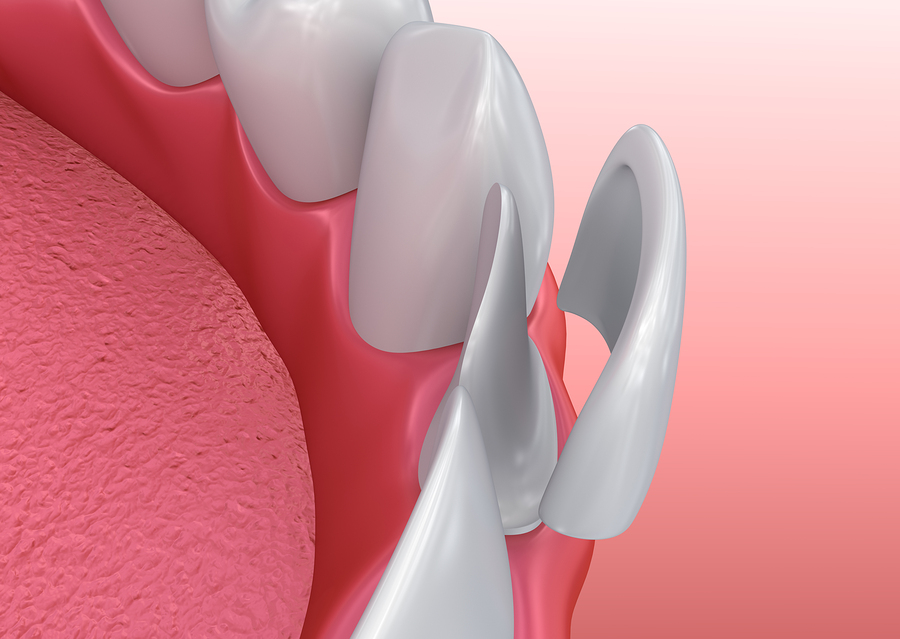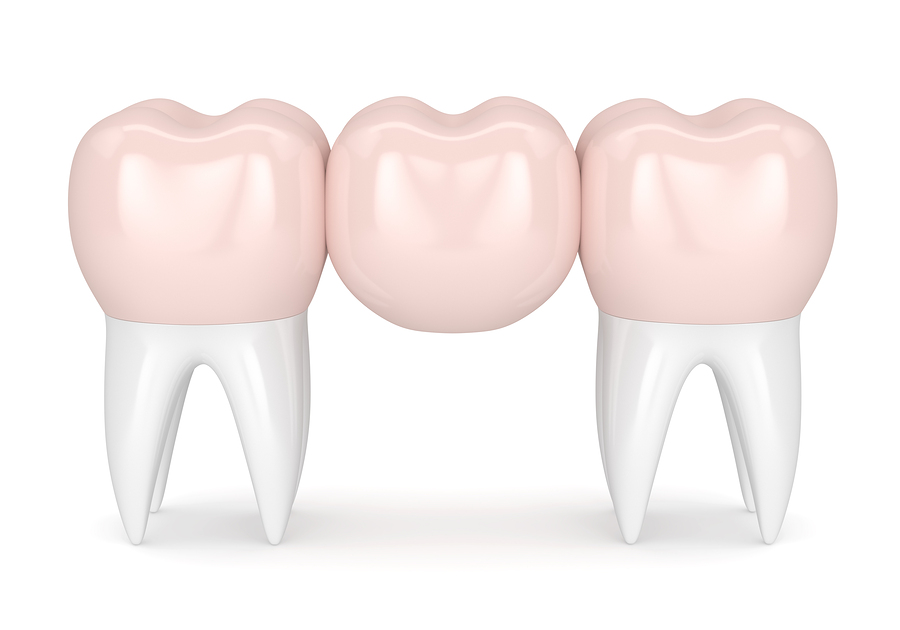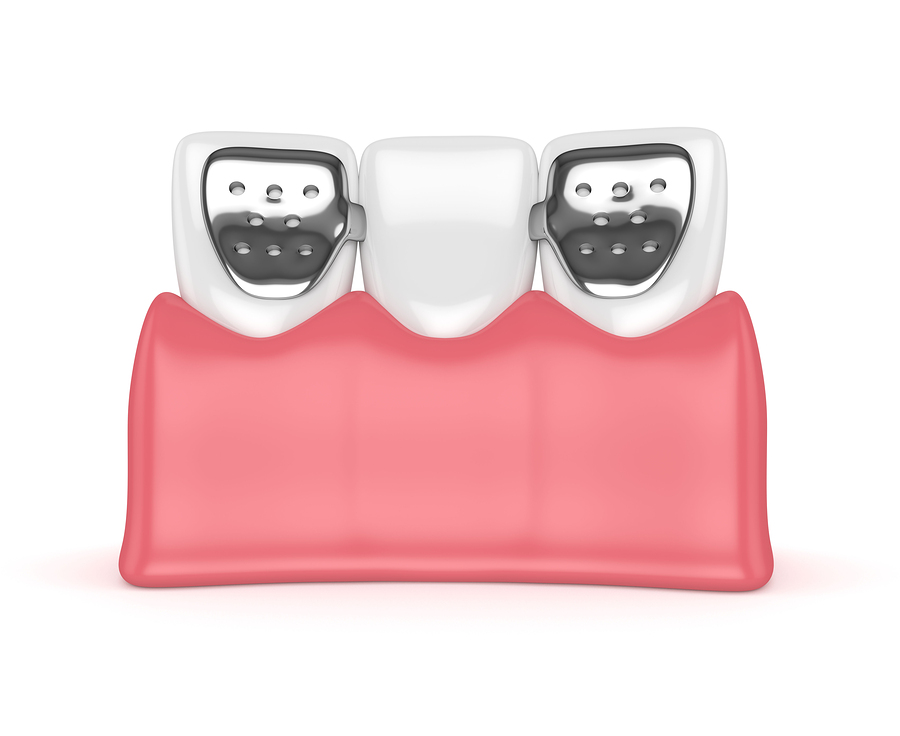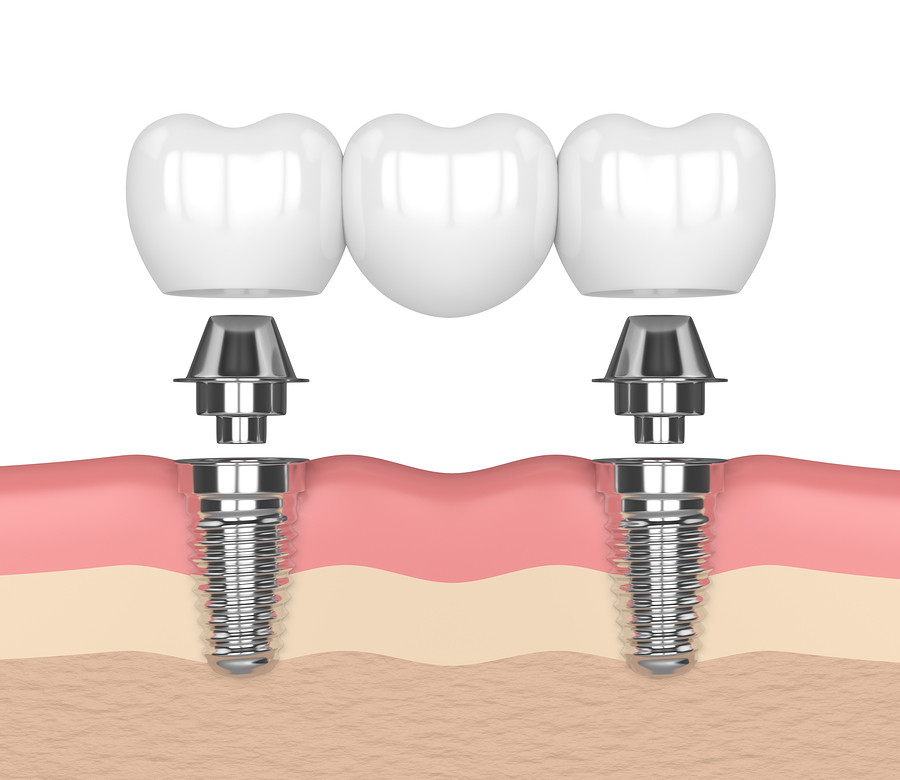Your smile is the first thing everyone you come in contact with sees. When we meet people, a smile is the most common feature we remember. Making the decision to change your smile through cosmetic dentistry can be exciting and there are many procedures available today.
At Hillside Dental, we take a particular interest in smile design and with our patients explore ways of enhancing this. This may involve simple restorations on front teeth or replacing stained or chipped teeth with minimally invasive caps or veneers.
Where teeth are discoloured physiologically or by other means, this can be enhanced and lightened through various shades by a technique known as bleaching or teeth whitening. Depending on which method you choose, results can range anywhere from mild to dramatic. Done cosmetically, this can lighten teeth up to eight shades, with the procedure lasting no more than one hour.
Our teeth whitening treatment is not only fast and convenient but also one of the most affordable dental cosmetics methods we perform. We offer two methods of bleaching the outside of teeth. One takes place at home whilst the other treatment is carried in our dental surgery. Tooth bleaching is completely safe as long as the bleach does not touch your gums.
Note: We offer assessment and Referral to Mount Vernon Dental Specialists https://www.mvdentalspecialists.co.uk/


For the vast majority of people, whitening can work really well and the results will be a significant improvement. However, there are some instances where patients aren’t suitable for treatment. People who have dental restorations such as crowns or bridges; porcelain veneers; cosmetic bonding or tooth coloured fillings will find that the bleaching agents won’t work on all their teeth.
The regulations recommend that the maximum concentration used for tooth whitening products is 6% present. However, under our direct supervision in surgery, the initial tooth whitening treatment will be a lot higher in concentration. Following this course of treatment, our dentists will assist with your home treatment, which will be set at the recommended guideline again.
 Composite Filling
Composite Filling


Composite fillings are the most extensively used dental filling material. They are made of glass or quartz in resin. We may select a composite filling if the size of your cavity is small to medium, or if your tooth gets a lot of chewing action.
Modern composite materials now mimic the texture and colour of our natural teeth, giving a real-life look and feel.
Note: We offer assessment and Referral to Mount Vernon Dental Specialists https://www.mvdentalspecialists.co.uk/
 Veneer
Veneer
A veneer is a thin layer of porcelain made to fit over the front surface of a tooth as a false fingernail fits over a nail. Sometimes a natural-colour ‘composite‘ material is used as an alternative to porcelain.
Veneers can improve the colour, shape and position of your teeth. A precise shade of porcelain can be chosen to give the right colour to improve a single discoloured tooth or to lighten your front teeth. A veneer can make a chipped tooth look whole again.
The porcelain covers the whole of the front of the tooth, with a thicker section replacing the broken part. Veneers can also be used to close small gaps when Orthodontics(braces) are not suitable. If one tooth is slightly out of position, a veneer can sometimes be fitted to bring it into line with the others.
Note: We offer assessment and Referral to Mount Vernon Dental Specialists https://www.mvdentalspecialists.co.uk/
.


Benefits of Veneers
Veneers make teeth look natural and healthy. Because they are very thin and are held in place by a special, strong adhesive, very little preparation of the tooth is needed. Some types of veneers don’t need any preparation at all.
To prepare teeth for a veneer, some of the shiny, outer enamel surfaces of the tooth may be removed, to make sure that the veneer can be bonded permanently in place later. The amount of enamel removed is tiny and will be the same as the thickness of the veneer to be fitted, so that the tooth stays the same size.
A local anaesthetic (injection) may be used to make sure that there is no discomfort, but often this is not needed. Once the tooth has been prepared, the dental team will take an ‘impression’ (mould).
This will be given to the dental technician, along with any other information needed to make the veneer.The colour of the surrounding teeth is matched on a shade guide to make sure that the veneer will look entirely natural.
A veneer takes at least two visits. The first is to prepare the tooth and match the shade, and the second is to fit it. Before bonding it in place, your dentist will show you the veneer on your tooth to make sure you are happy with it. Bonding a veneer in place is done with a special adhesive, which holds it firmly on the tooth.
 Bridges
Bridges
A Dental bridge is a fixed dental restoration used to replace one or more missing tooth by joining an artificial tooth to adjacent teeth or dental implants. Missing teeth change the appearance of your smile and place greater strain on all other teeth used for chewing and in particular the teeth either side of the ‘gap.’
Having a gap can also mean your bite (also called an occlusion) is affected and most probably cause the teeth next to this space to eventually lean into the gap and alter the way the upper and lower teeth bite together.
Ultimately, this can then lead to both decay and gum disease often resulting in the loss of further teeth. In some cases, this alters a patient’s bite and can lead to joint issues around the jaws and further symptoms of headaches and migraines which can go undiagnosed. One restorative treatment used to correct this is a Dental Bridge treatment.
Note: We offer assessment and Referral to Mount Vernon Dental Specialists https://www.mvdentalspecialists.co.uk/

Dental Bridge
A Dental Bridge is a strong and beneficial dental restoration that can do many things for you. It can replace your missing tooth, which can give you the complete smile you desire and also boost your self-confidence. It can give you a more functional mouth, which can add force to your bite and make eating and talking much easier. It can enhance your appearance and help you love your smile.
Patients often ask whether placing a dental bridge causes pain or discomfort. You can be assured that as your dentist will numb the mouth before he begins treatment. you will not feel a thing during your appointment.
Benefits of Dental Bridges
1. Restores your smile
2. Restores the ability to properly chew and speak
3. Prevents remaining teeth from drifting out of position
4. Stay always happy
There are four main types of Dental Bridges
1. Traditional
2. Cantilever
3. Maryland
4. Implant Supported
 Fixed Bridges
Fixed Bridges
Cantilever Dental Bridge
Although similar to a traditional bridge, the pontic in a cantilever dental bridge is held in place by a dental crown that is cemented to only one abutment tooth. For a cantilever bridge, you only need one natural tooth next to the missing tooth gap.
Note: We offer assessment and Referral to Mount Vernon Dental Specialists https://www.mvdentalspecialists.co.uk/

 Adhesive Bridges
Adhesive Bridges

Maryland Dental Bridge
Similar to a traditional bridge, Maryland dental bridges employ two natural abutment teeth, one on each side of the gap. However, while a traditional bridge uses dental crowns on the abutment teeth, a Maryland bridge uses a framework of either metal or porcelain that is bonded onto the backs of the abutment teeth. Like a traditional bridge, a Maryland bridge can only be used when you have a natural tooth on each side of the gap caused by the missing tooth or teeth.
Note: We offer assessment and Referral to Mount Vernon Dental Specialists https://www.mvdentalspecialists.co.uk/
Implant Supported Dental Bridge
As the name implies, implant-supported bridges use dental implants as opposed to crowns or frameworks. Typically, one implant is surgically placed for every missing tooth and these implants hold the bridge in position. If one implant for each missing tooth isn’t possible, the bridge may have a pontic suspended between two implant-supported crowns.
An implant-supported bridge is considered the strongest and most stable system and normally requires two surgeries:
- One to embed the implants in the jawbone.
- A second surgery will be to place the bridge.
It can take a number of months for the procedure to be completely finished.
Note: We offer assessment and Referral to Mount Vernon Dental Specialists https://www.mvdentalspecialists.co.uk/

There are many variables that can affect the price including:
- The number of teeth needed to fill the gap.
- Materials used, such as composite resin, zirconia, or metal alloy covered in resin.
- Complexity/difficulty of the placement.
- Additional treatments for other dental issues, such as gum disease.
- Geographic location.

 Composite Filling
Composite Filling Veneer
Veneer Bridges
Bridges Fixed Bridges
Fixed Bridges Adhesive Bridges
Adhesive Bridges